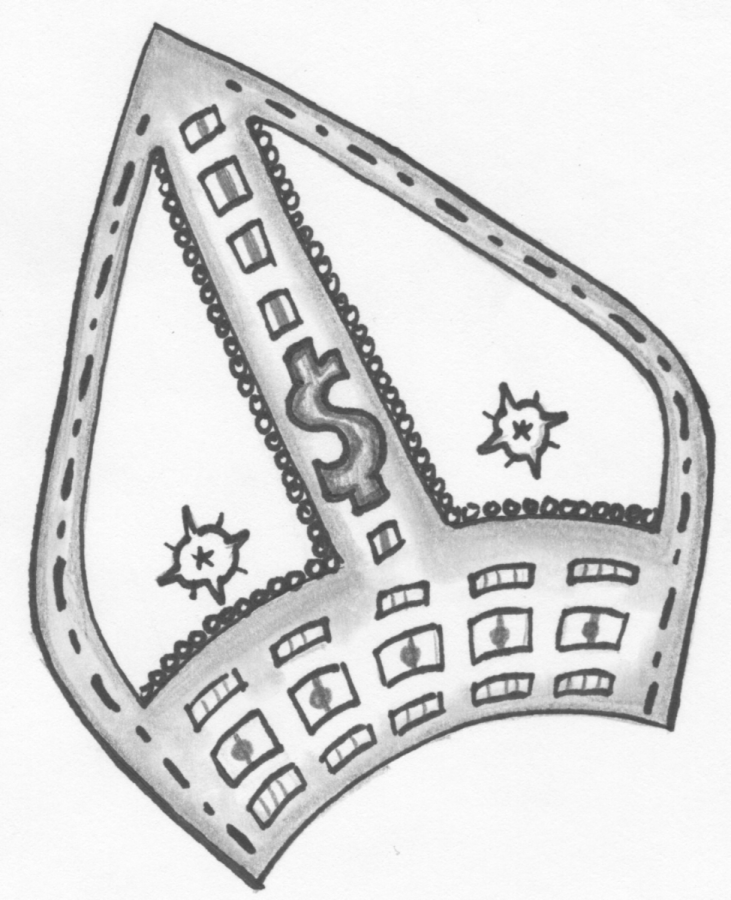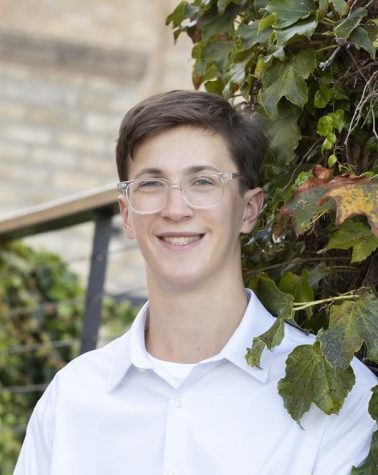Money laundering highlights changes to Vatican City
March 1, 2014
Vatican City, home of Pope Francis and the center for all things holy in the Catholic world, not somewhere one would think of money laundering. But Vatican City is home to Monsignor Nunzio Scarano, otherwise known as “Monsignor €500,” the poster-boy for all things scandalous in the Vatican Bank.
In 2012, he was charged with plotting to smuggle $26 million from Switzerland to Italy and is now facing further charges of bogus donations from offshore companies through the Vatican Bank. This year, Scarano was arrested for transferring millions of euros of fake donations from offshore companies through his accounts with the Vatican Bank.
While not every member of the Vatican is like Scarano, the mere fact that he has been a part of the Vatican Bank for 20 years brings down the Vatican’s image. Thankfully, Pope Francis has made crucial changes to the way the Vatican handles their banking, without these changes Vatican City would have much more to answer to.
Scarano’s first scandal should have been an indicator to the Vatican that action should be taken to prevent future incidents, but in true Vatican style, nothing was done and Scarano continued to work at the Vatican Bank and commit illicit activities. Thankfully, Pope Francis is not like his predecessors and has decided to take action in reforming the Vatican Bank in removing over 19,000 accounts that are not directly connected to the church in order to make supervision easier. Pope Francis’ actions are the saving grace in this unholy situation; without him the Vatican Bank would continue down the path of secrecy and illegal activity.
The act of money laundering itself should be enough to warrant legal action, but the reasons behind Scarano’s actions take it a step further. “Some of the allegations against the flashy Monsignor are more than distasteful. Prosecutors claim that Monsignor Scarano induced dozens of people to make contributions to a home for the terminally ill. Actually, though, the Monsignor allegedly used the money to pay off a mortgage on his property,” said Robert W. Wood a contributor to Forbes.
The fact that the Vatican would allow a man like Scarano to hold an important role in the Vatican for 20 years reveals their tendency to avoid a problem instead of confronting it. The Vatican should have done more to ensure the legality and morality of their members instead of blindly trusting and covering up anything that might harm their holy appearance.
The immediate response by the Catholic church and its supporters is that Scarano is one member of the clergy and his actions should not represent the whole of Vatican City. When in reality he is not the only one in the Vatican Bank to break the law. “The Vatican bank has had plenty of scandal in the past,” said Wood. “To start, the Vatican bank is one of the world’s most secretive institutions. It has 114 employees and 5.4 billion euros of assets. Yet just as Swiss banks have had a sea change, even the Vatican bank is becoming a little more transparent.”
Not to mention the fact that Scarano was not the only clergy member involved in the scandal. In all 52 people are being investigated for their involvement including a local priest who is currently under house arrest and a notary republic, according to Nicole Winfield of Yahoo News.
“Scarano’s original arrest in June led to the resignations of the Vatican bank’s top two managers and accelerated efforts to make the troubled institute conform to international anti-money-laundering norms,” said Winfield. Clearly the corruption goes much deeper than just “Monsignor €500.”
It is time that the corruption in Vatican City comes to an end, and thanks to Pope Francis change looks possible. The fact that charges were brought against Scarano marks a change in the typical ‘pretend-it-is-not-happening’ attitude that used to run the Vatican.












